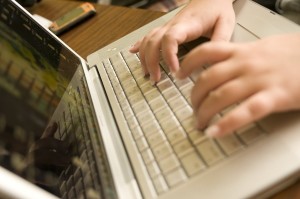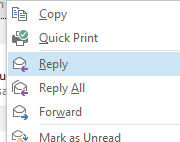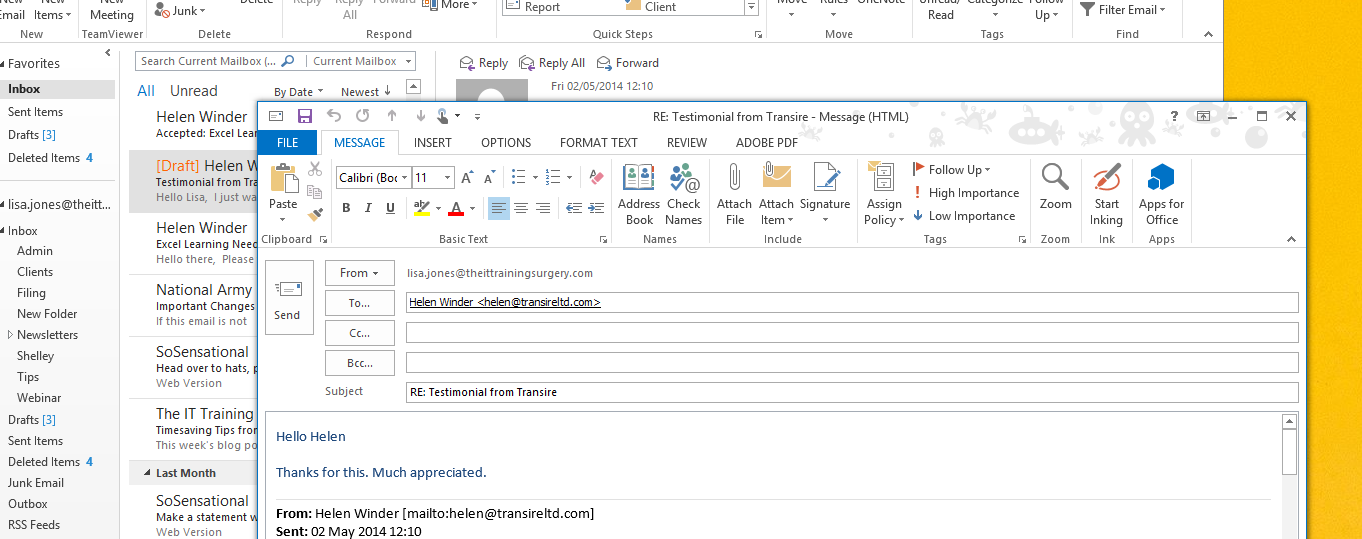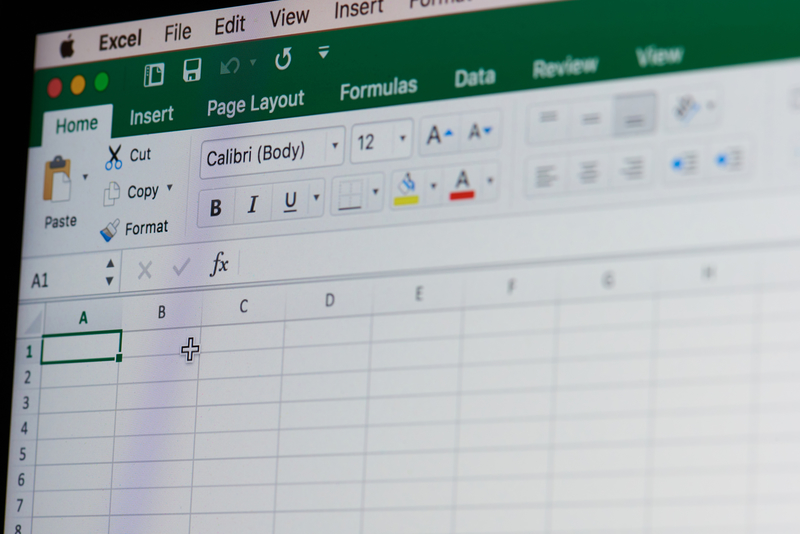Get Started with Email on Outlook 2013

Outlook 2013 is for email; it’s the main function for the program and most of the time, it is the feature that you will be using the most . It has a lot of other functions and we’ll come to them in time but let’s get you started with the basics of email. Here we have the basics so you can get started with email on Outlook 2013. Are you using Outlook 2013 for the first time? Have a look at the “The Essential Guide for Outlook 2013 Virgins“.
If you are interested in learning how to best schedule meetings in Outlook, check out our blog post “Essential Meetings and Calendar Tips“.
Get Started with Outlook 2013: Reply to an email
You’re likely to receive message before you before send one, so to help you get started with email on Outlook 2013, we’ll go over how to reply. It is normal to reply to email and this should be done as efficiently as possible.
Reply from the Ribbon
Figure 20 – mail icons
[bookboon-book id=”0ccfb7e8-04f6-430a-a594-a34800d555dc” title=”Check out the Outlook 2013 guide” button=”Read eBook”]
Use Reply or Reply to All from the Ribbon.
Reply from the top of the email
Figure 21- icons in the email header
Click the required option right from the top of the email header.
Reply using a right click
Figure 22- right click to respond
Right click on the email you want to reply to and select the type of reply.
Reply or Reply to All
When an email is addressed only to you, it is a simple thing to hit reply and respond to the person sending the email. However, if you have been copied in to an email, you may have to think a little more carefully.
Do you want to reply to everyone or perhaps just to the person who sent the email.
If you want to reply to everyone, then use Reply to All. Otherwise just reply to the sender.
Get Started with Outlook 2013: Pop out or discard
When you receive an email and wish to reply, the reply sits inside the Reading Pane. This allows you to type a quick response and send. However if you want to add extras to your email or get access to formatting options, you will need to Pop Out the email so that you can edit it in its own window.
If you decide that you don’t like what you have written when responding in the Reading Pane you can discard your changes. Otherwise Outlook saves a draft of the message.
Pop out
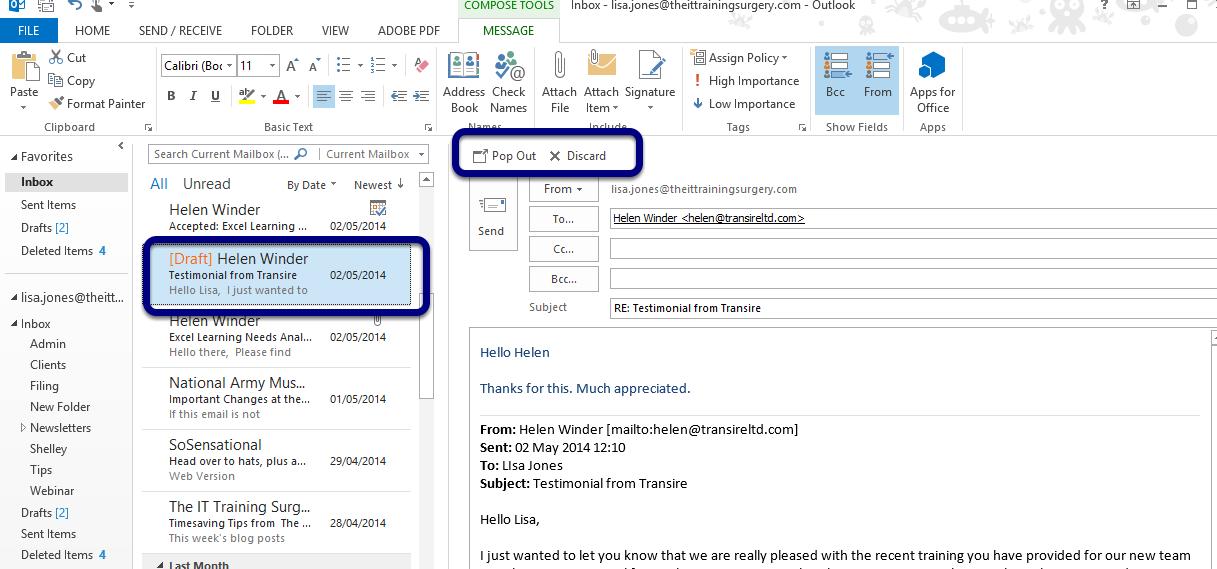
Figure 23- pop out to edit with full capability
When you click on Reply the email opens up inside the Reading Pane. It starts a Draft message which you can see in the email list.
To get access to more tools click Pop Out.
Email popped out
Figure 24- full email editing
Here is the email above now open in its own window. Access to all the Ribbon tabs is now available and full editing can take place.
Finish off the email and click Send.
Discard
Figure 25- don’t like what you did, simply discard
If you start to make changes to the reply in the reading pane, and then decide that you don’t want to keep them, click Discard and the reply is discarded.
In this simple guide to help you get started with email on Outlook 2013 we have shown you:
• How to reply to an email
• How to pop out your emails
So there you go – there are some email basics to help you get started with email on Outlook 2013. If you have any comments or queries, please feel free to ask and we will address them in a later post! Find more Outlook 2013 tips in Shelley Fishel’s eBook Outlook 2013 at bookboon.com.
If you also work with other Microsoft Office 2013 programs, check out out blog posts “How to quickly create a chart in Excel” and “Best Word Tricks: Insert Tabs“.
[bookboon-recommendations id=”0ccfb7e8-04f6-430a-a594-a34800d555dc” title=”You might also find these books interesting…”]
